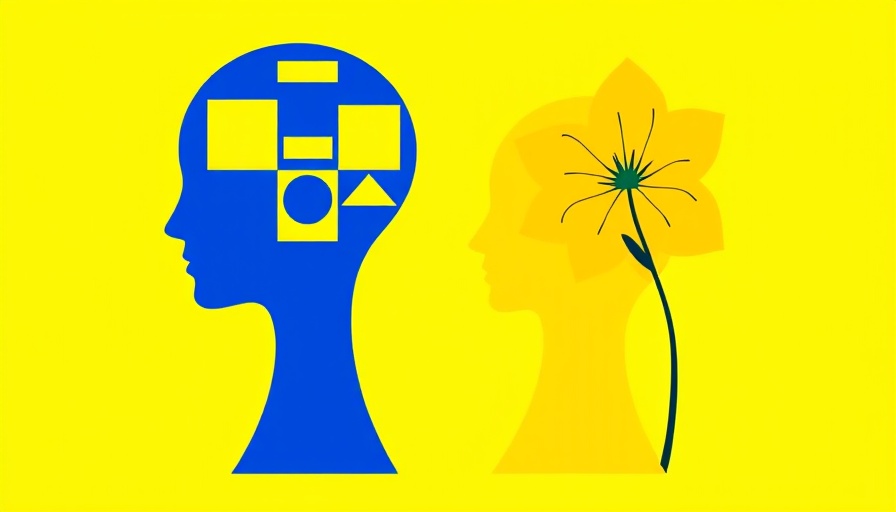
The Intersection of Mindfulness and Neurodiversity
Mindfulness practices have gained popularity in recent years, especially among those seeking to improve mental well-being through focused attention and relaxation techniques. However, the journey to creating an inclusive mindfulness practice has revealed some shortcomings, particularly for individuals with neurodiverse conditions, such as autism. This article explores the unique challenges faced by neurodiverse individuals when engaging with mindfulness as well as the potential pathways for inclusion, especially in outdoor and physical activity contexts.
Understanding Neurodiversity in Mindfulness
Neurodiversity celebrates the wide range of brain functional differences among individuals, recognizing that no single type of neurological structure is "normal." For those with autism or other neurodevelopmental disabilities, common mindfulness techniques can provoke adverse reactions. As is shared by one young autistic individual, traditional mindfulness practices can feel constrictive rather than liberating, highlighting the urgent need for adaptations in the teaching methods.
Redefining Mindfulness Techniques for Inclusion
Accessibility in mindfulness must challenge traditional practices and find innovative ways to make these tools available to everyone, regardless of their neurological makeup. Simple adjustments, like forgoing breath-focused techniques in favor of more tactile-oriented practices like walking or sensory-based meditations, can create a more inviting environment for those with heightened sensory sensitivities.
The Value of Mental Well-Being in Outdoor Activities
Engaging in physical activities such as hiking or sports can magnify the benefits of mindfulness by connecting individuals to nature and allowing for diverse forms of expression. Not only are these activities enjoyable, but they cater to various sensory preferences. For instance, hiking allows individuals to focus on external sensory experiences, alleviating some of the anxiety associated with inward-looking mindfulness practices.
How Outdoor Mindfulness Bridges the Gap
Outdoor mindfulness activities can effectively blend the calming benefits of nature with mindfulness principles, offering a new framework where neurodiverse individuals can thrive. Activities like mindful walking, listening to the sounds of nature, or engaging in group sports can transform traditional mindfulness concepts into accessible, fun, and fulfilling experiences relevant to many.
Potential Trends in Mindfulness for Neurodiverse Support
As discussions around inclusiveness in mindfulness evolve, we are likely to see new workshops and training programs designed to equip mindfulness teachers with the necessary skills to cater to neurodiverse learners effectively. Schools and sports organizations may also embrace this change, fostering environments that celebrate individuality through tailored activities and practices that recognize the distinct needs and capabilities of each person.
Breaking Down Barriers: Tools and Techniques
Some effective tools include biofeedback technology to help practitioners monitor stress levels and adjust practices accordingly. Additionally, mindfulness apps that allow for personalization of practices can empower users to build their skills at a pace that reflects their unique neurological rhythm.
Fostering Community Connections
Creating support networks among individuals who share similar experiences promotes acceptance and resilience within neurodiverse communities. Collaborative sporting events or group mindfulness walks can reduce feelings of isolation while providing shared experiences that foster emotional growth and community strength.
Concluding Thoughts: The Future of Mindfulness Inclusivity
We must continue advocating for inclusive practices across mindfulness communities, especially in settings such as sports and outdoor wellness. By embracing the diversity inherent in human consciousness, we enrich our collective experiences and give voice to everyone’s unique journey toward well-being.
 Add Row
Add Row  Add
Add 






Write A Comment